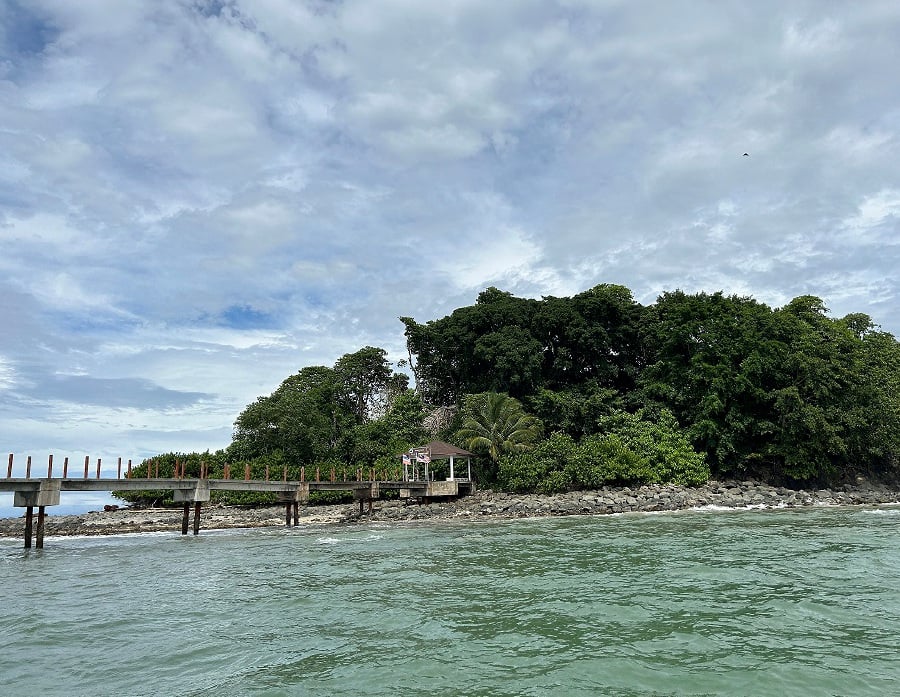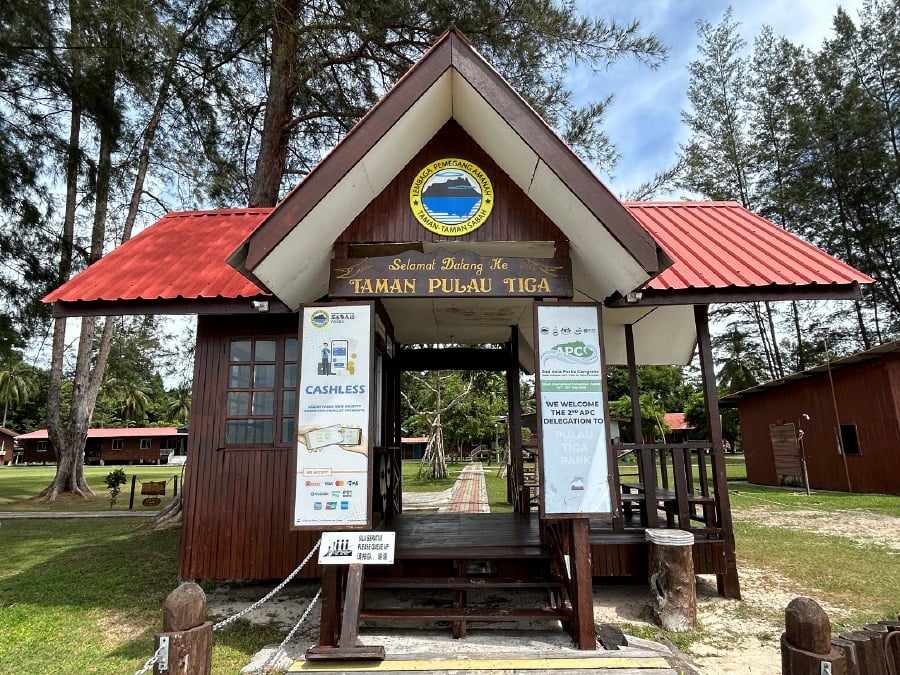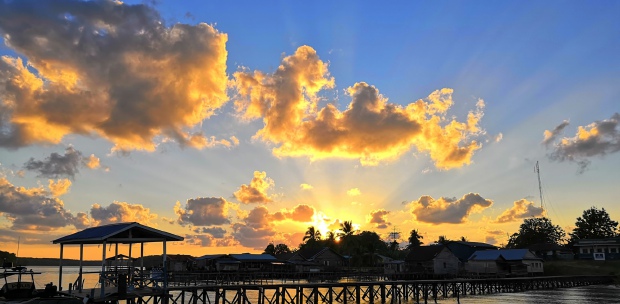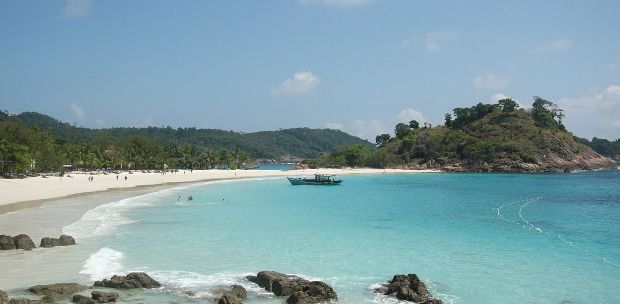NORTH of Kuala Penyu, opposite the swampy expanse of the Klias Peninsula, lies an archipelago graced with coral reefs and sandy shores – Pulau Tiga Park.
In its understated allure, this captivating destination conceals itself, a well-kept secret seldom explored by conventional tourists. Established in 1978, the park blankets 158 square kilometres, primarily comprising unspoiled waters, and hosts three petite islands: Pulau Tiga, Pulau Kalampunian Besar, and Pulau Kalampunian Damit, the latter earning the moniker 'Snake Island.' Notably, these islands garnered fame as the backdrop for the renowned television series 'Survivor' in 1996.
The park derives its name from the largest island, Pulau Tiga, distinguished by three undulating humps visible from a distance. Designated as a forest reserve in 1933, Pulau Tiga Park boasts a captivating mix of flora and fauna, coupled with a rich marine ecosystem, making it an ideal destination for diving and snorkelling enthusiasts.
The administrative hub of Pulau Tiga Park is situated on Pulau Tiga, with a branch office in Kuala Penyu town, ensuring efficient management and visitor services.
ISLAND WONDERS
Tiga Island: Holding the distinction as the largest among the trio, Pulau Tiga stands as the focal point of the park, showcasing pristine beaches and a distinctive topography that invites thorough exploration.
Kalampunian Besar Island: This island, adorned with sandy stretches and verdant surroundings, contributes to the natural allure of Pulau Tiga Park, fostering a diverse array of ecosystems.
Kalampunian Damit Island (Pulau Ular): Aptly named Snake Island, this petite landmass northeast of the main island is a composition of sandstone, limestone, and shale. Dominated by Pisonia trees and figs, it functions as a critical breeding ground for amphibious sea snakes, hosting thousands of Laticauda Colubrina that emerge to mate and nest.

CONSERVATION INFORMATION
Pulau Tiga Park encourages visitors to contribute to the preservation of this ecological haven. Conservation fees support the ongoing efforts to protect the islands' natural beauty.
For those interested in visiting, Pulau Tiga Park is open from 8am to 5pm daily, Monday through Sunday.





